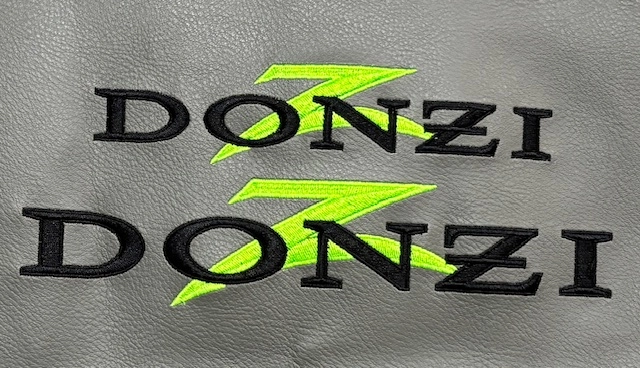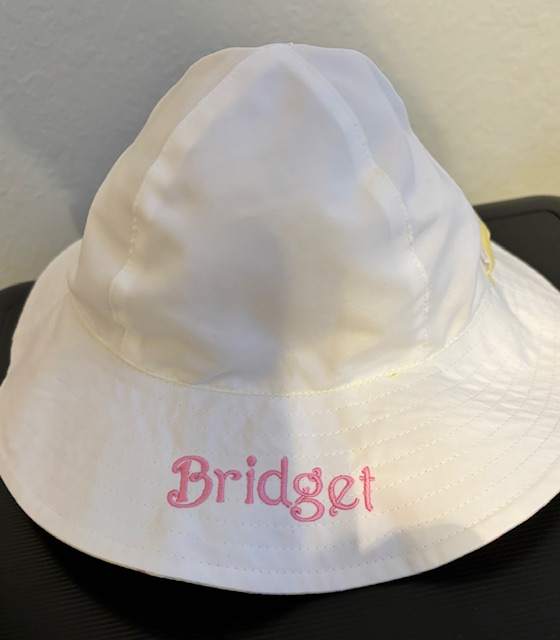Custom-made Scrubs with Embroidery for a Specialist Appearance
Custom-made Scrubs with Embroidery for a Specialist Appearance
Blog Article
The Art of Customized Needlework: Opening the Tricks to Creating Distinct and Unforgettable Styles
The keys to producing customized needlework styles that astound the eye and leave a long lasting perception lie in a fragile equilibrium of technique, creative thinking, and interest to detail. As we dig into the globe of customized needlework, we discover the nuanced interplay in between string selection, sew complexity, and style personalization that boosts a mere garment to a job of art.
Choosing the Right Needlework Threads
When selecting embroidery threads, what vital factors should you think about to make certain the very best results for your custom-made layouts? The selection of needlework thread is vital in identifying the final result of your stitched layout. Among the key factors to consider is the material of the thread. Different materials such as cotton, polyester, rayon, and silk offer varying degrees of luster, resilience, and structure. It is necessary to pick a string product that matches the material you are stitching on and lines up with the preferred appearance of the style.
Furthermore, the weight or density of the string plays a considerable function in the appearance of the embroidery. Thicker strings can include dimension and texture to your design, while finer strings are excellent for complex details and small message. In addition, thinking about the color fastness and washability of the string is vital to make sure that your personalized designs maintain their top quality and vibrancy over time. By very carefully assessing these factors and picking top notch strings that fulfill your details needs, you can enhance the visual charm and longevity of your stitched developments.
Checking Out Various Stitch Techniques
To look into the world of 'Exploring Different Stitch Strategies', one should realize the complexities and nuances that each sewing method gives the art of needlework. Various stitch methods not just include visual rate of interest yet also add to the total structure and dimension of the layout. One popular stitch strategy is the satin stitch, which entails carefully jam-packed parallel stitches to develop a smooth and shiny surface, suitable for filling out forms and creating bold details.
On the various other hand, the backstitch is a versatile technique commonly made use of for outlining and adding fine details. It includes stitching backwards to develop a solid line of embroidery. Furthermore, the French knot stitch adds a tactile aspect to styles, best for developing textured accents like flower centers or ornamental touches.
Checking out different stitch methods enables embroiderers to play with light, shadow, and depth within their styles, elevating the visual appeal and artistic quality of their embroidery projects. By understanding different stitching techniques, one can unlock unlimited possibilities for creating unique and memorable custom needlework items.
Incorporating Personalized Style Aspects
Having checked out the complexities of various stitch methods such as the satin stitch, backstitch, and French knot, the focus currently shifts in the direction of incorporating personalized style elements in custom-made embroidery tasks. Personalized style elements play a critical role in making needlework tasks navigate here genuinely unique and unforgettable.
An additional method to include customized layout elements is by including icons or motifs that hold unique meaning to the recipient or show their interests and individuality. Integrating a favored flower, pet, or hobby-related symbol can make the embroidery style extra meaningful and customized. In addition, choosing colors that resonate with the recipient or line up with the desired motif can further enhance the personalization of the embroidery job.
Understanding the Art of Shade Control

One key facet of color sychronisation is comprehending color theory. This consists of understanding how different colors interact with each other, the feelings they communicate, and just how they can be combined to develop aesthetically attractive designs. By applying color theory principles, embroiderers can develop unified color palettes that improve the total appearance of the design.
Additionally, taking note of comparison is essential in shade sychronisation. Making use of contrasting colors can help certain components of the layout pop, boost legibility, and create a visually dynamic embroidery piece. By mastering the art of shade coordination, embroiderers can elevate their designs and create unforgettable pieces that resonate with clients and audiences alike.
Enhancing Structure With Advanced Embroidery Stitches

French knots, as an example, are ideal for adding small, raised dots to your design, imitating the look of beads or producing a textured surface. Bullion knots, on view publisher site the other hand, can be used to create twisted, ropelike elements that add an extravagant feeling to the embroidery. Seed stitching involves tiny, scattered stitches that can complete locations with a polychromatic appearance, while turkey job produces fluffy, dimensional accents reminiscent of animal hair or vegetation. Trying out these sophisticated embroidery stitches allows you to push the borders of typical needlework and produce really unique and aesthetically enticing structures in your designs.
Final Thought
Finally, the art of personalized needlework entails a mix of selecting the right strings, checking out numerous stitch methods, including customized style elements, grasping shade sychronisation, and enhancing appearance with sophisticated stitches. By comprehending and implementing these crucial elements, embroiderers can develop distinct and remarkable layouts that display their creative thinking and skill. Needlework lovers can unlock the keys to creating beautiful and bespoke pieces that stand out and leave a lasting like it impact.
Report this page